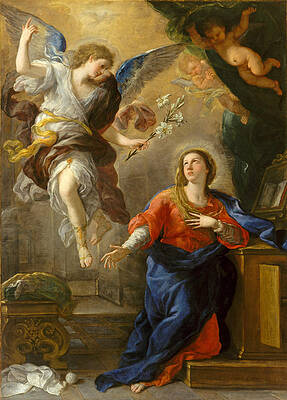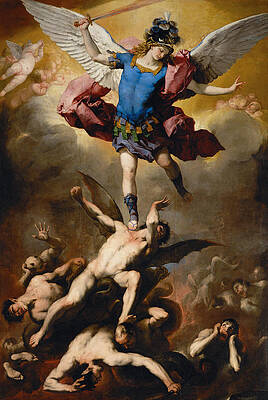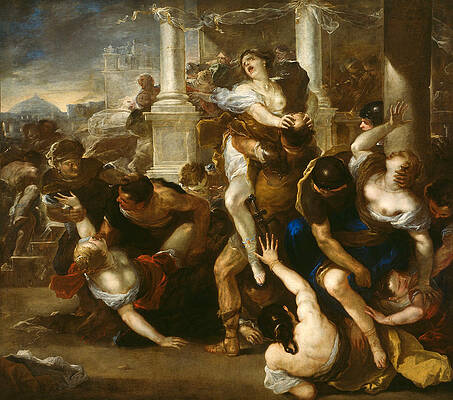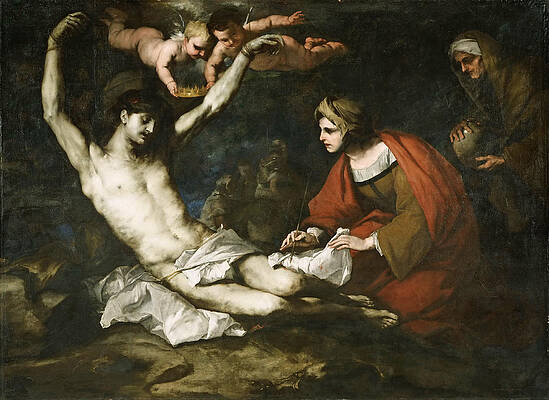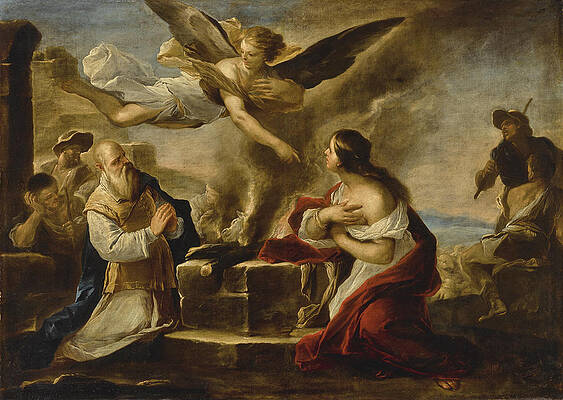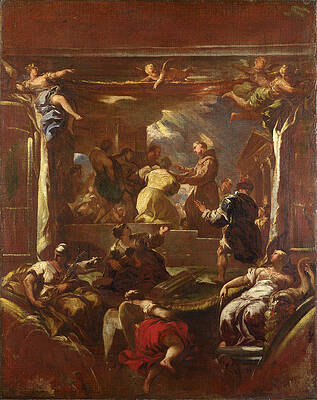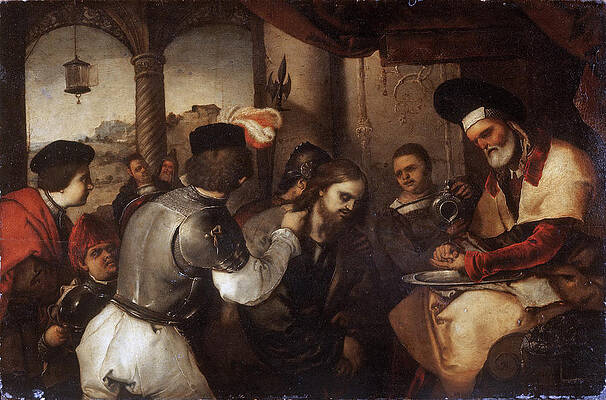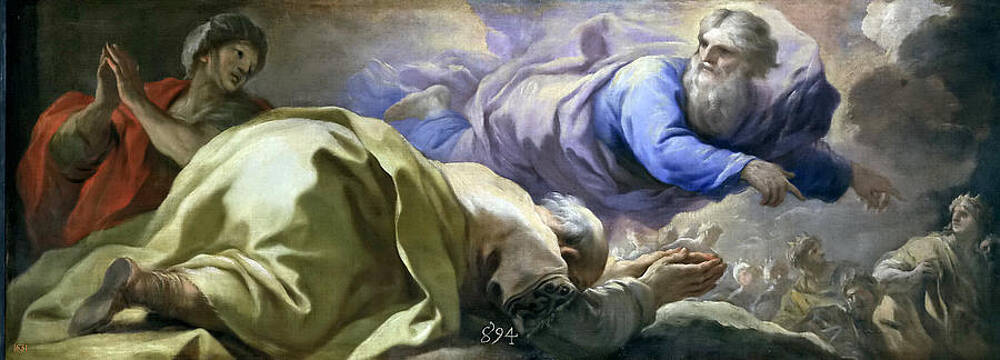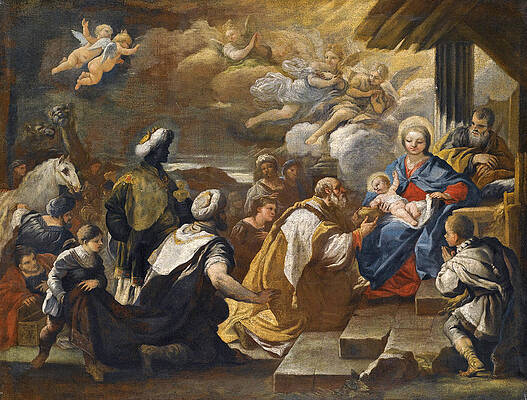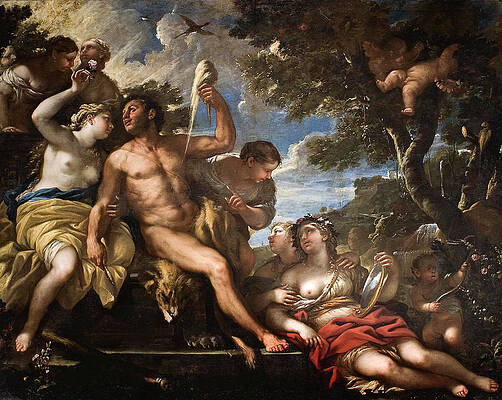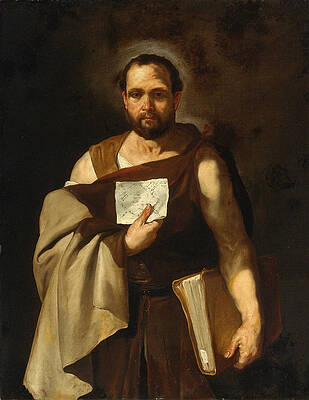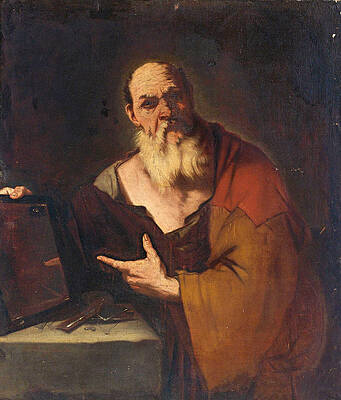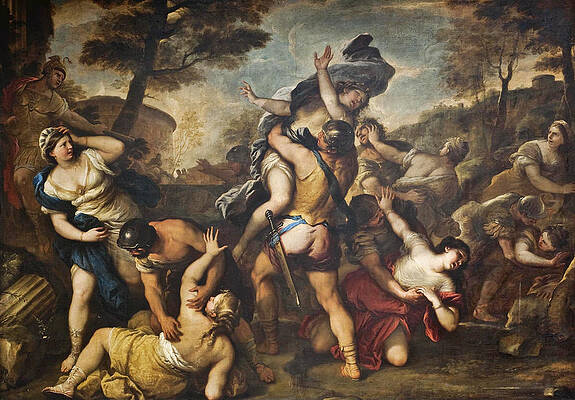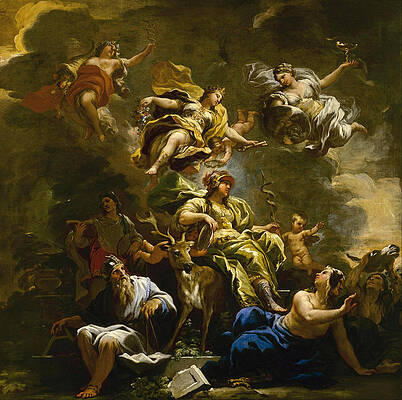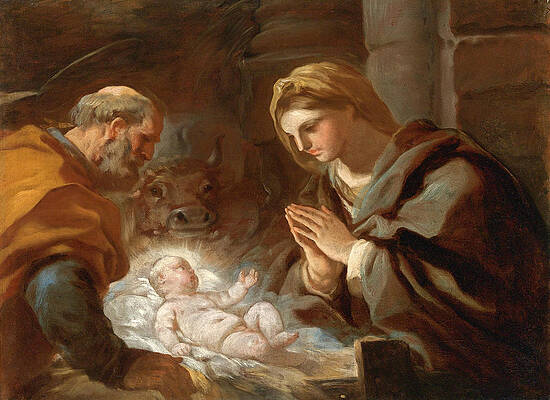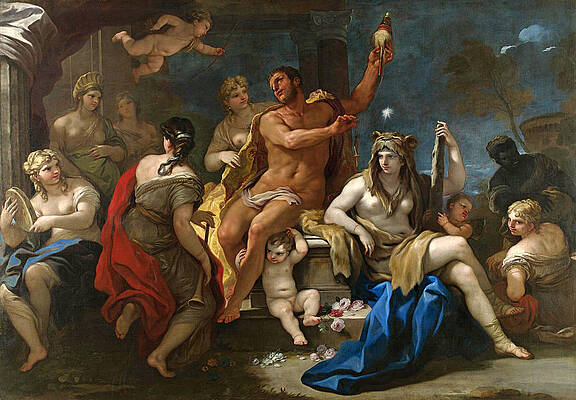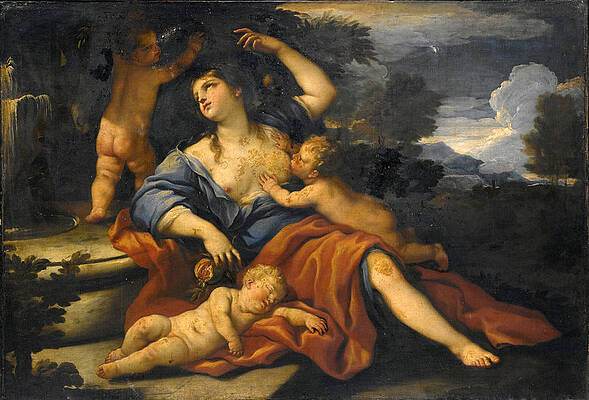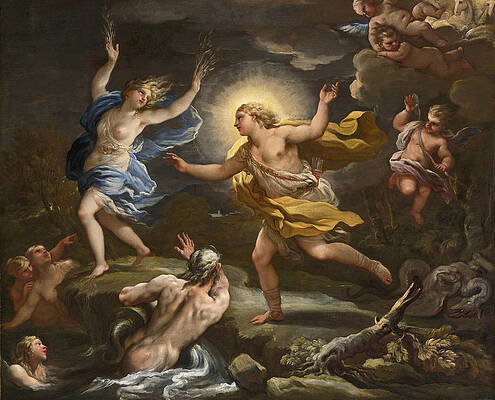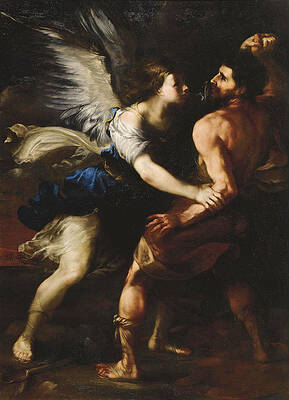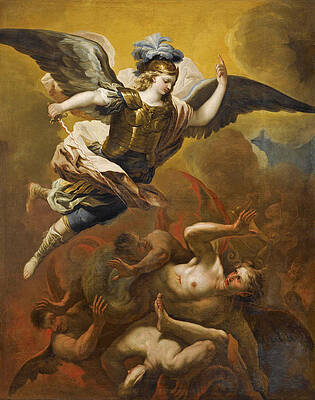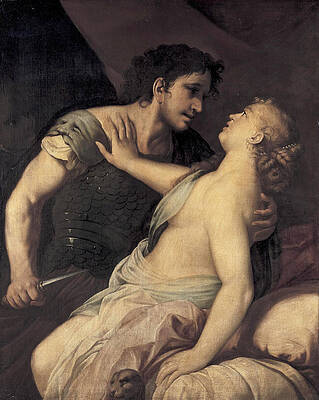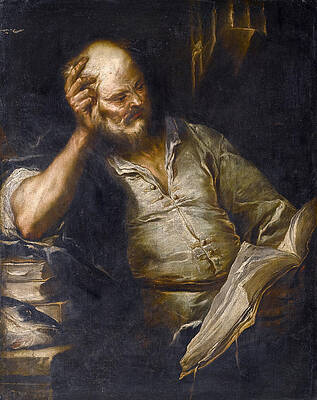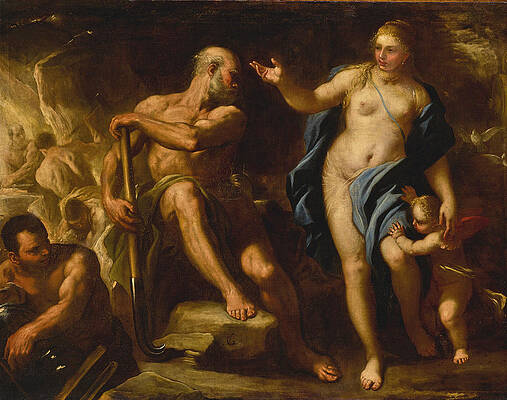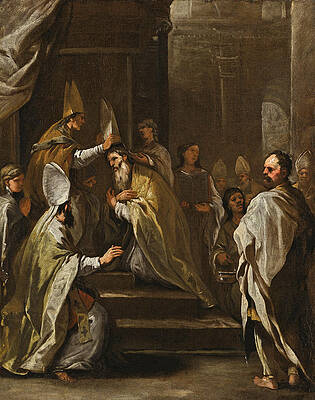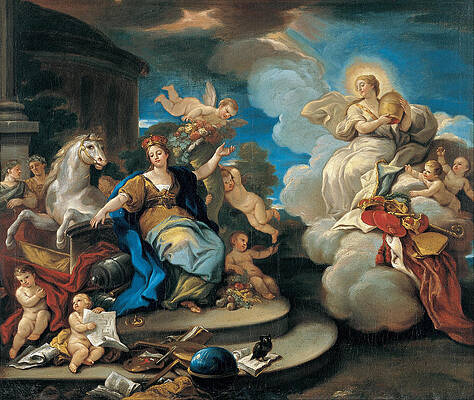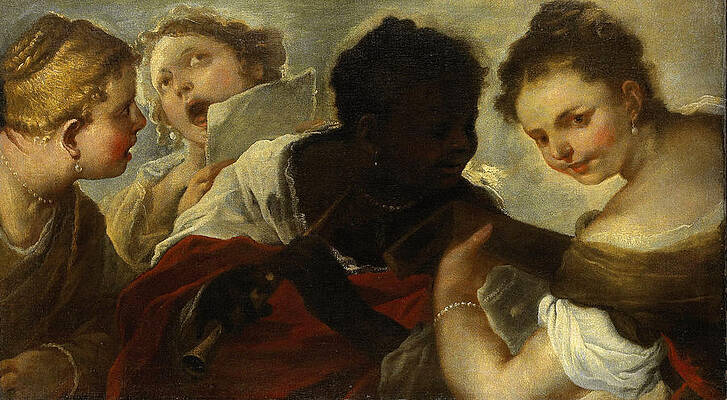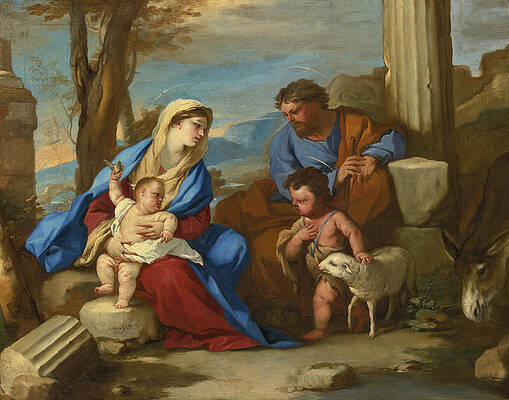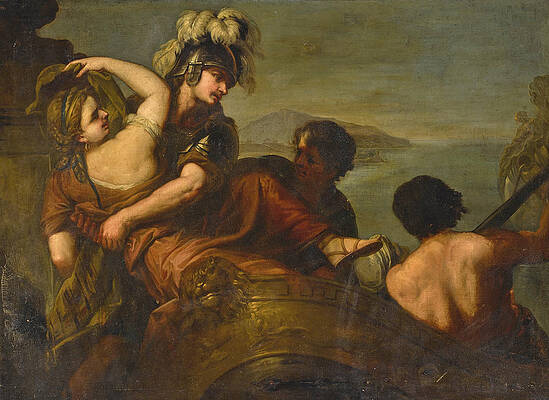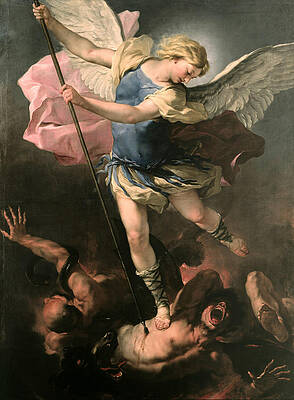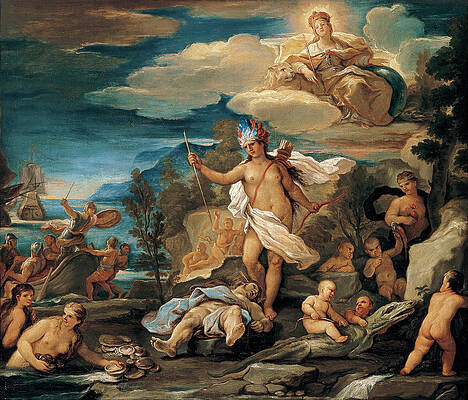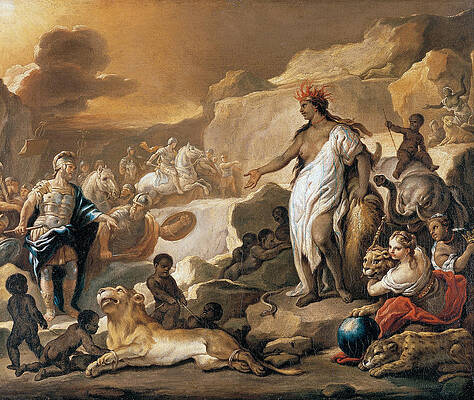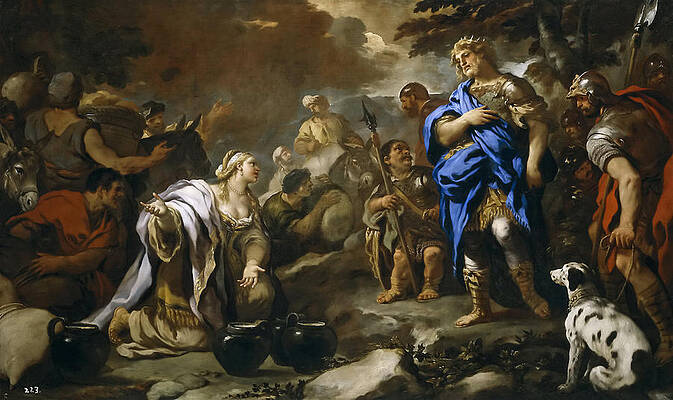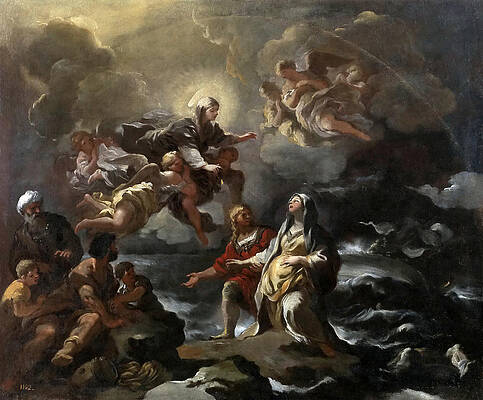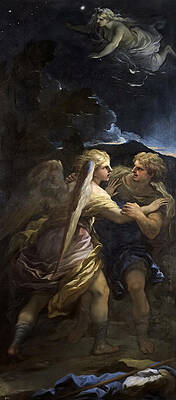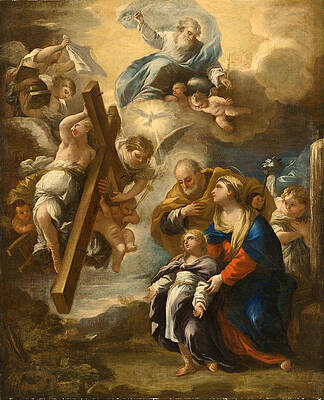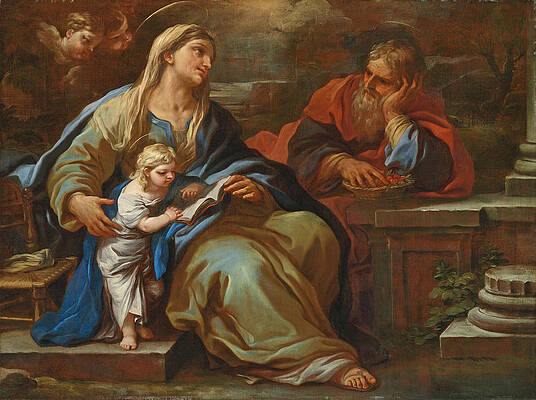Luca Giordano
Paintings
The Fall of the Rebel Angels
Perseus turning Phineas and his Followers to Stone
The Abduction of the Sabine Women
Saint Sebastian Cured by Irene
The Sacrifice of Manoah
Saint Anthony of Padua restores the Foot of a Man
Jupiter and Antiope
Christ before Pilate
Abraham heard the promises of the Lord
Adoration of the Magi
The Marriage At Cana
Apollo in the Forge of Vulcan
The Entombment of Christ
Picus and Circe
Hercules and Omphale
An Astrologer
Socrates
The Three Maries at the Tomb
The Rape Of The Sabine Women
Allegory of Prudence
Abraham and the three angels
The Nativity
Hercules and Omphale
An Allegory of Christian Charity
Apollo and Daphne
Jacob wrestling with the Angel
Diana and Endymion
Saint Michael defeating Satan
The Assumption of the Virgin
Tarquin And Lucretia
The Philosopher
Venus at Vulcan's Forge
The Consecration of Saint Gregorio Armeno
Democritus
The Virgin and Child Appearing to Saint Francis of Assisi
Series of the Four Parts of the World. Europe
Four Female Musicians
Holy Family with the young Saint John the Baptist
The Abduction Of Helen
Saint Michael
Series of the Four Parts of the World. America
Series of the Four Parts of the World. Asia
Series of the Four Parts of the World. Africa
Prudent Abigail
Saint Bridget saved from a Shipwreck by the Virgin
Jacob Wrestling with the Angel
A Homage to Velazquez
The Martyrdom of Saint Januarius
The Flight into Egypt
Battle of Saint-Quentin
The infant Christ contemplating the instruments of the Passion
The Education of the Virgin
Battle of Saint-Quentin
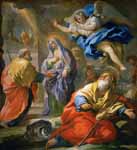
Annunciation to Joachim and Meeting and the Golden Gate
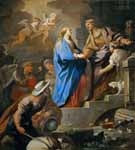
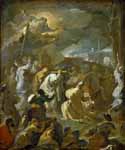
David Brings the Ark to Jerusalem

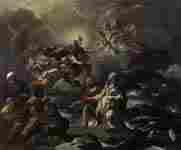
Saint Bridget saved from a Shipwreck by the Virgin

Jacob Wrestling with the Angel
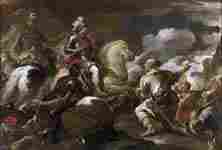
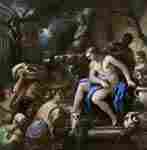
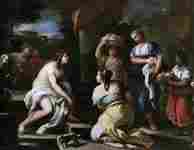
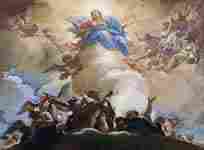


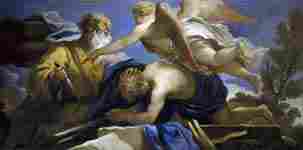



Esau and Jacob (sale of primogeniture)

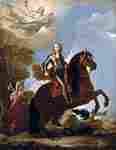
Charles II, King of Spain, on horseback
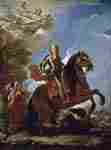
Charles II, King of Spain, on horseback
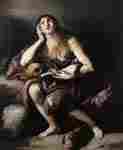
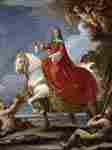
Maria Anna of Neuburg, Queen of Spain, riding
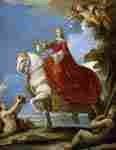
Maria Anna of Neuburg, Queen of Spain, riding
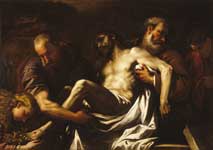
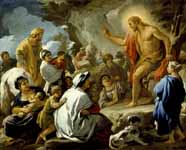
St. John the Baptist Preaching

Palazzo Medici-Riccardi : Bacchus with his entourage
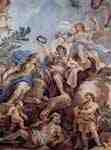
Palazzo Medici-Riccardi : crown of Fortitude
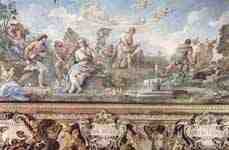
Palazzo Medici-Riccardi : The Mature Age

Palazzo Medici-Riccardi : mid-life

Palazzo Medici-Riccardi : The bark of Charon

Palazzo Medici-Riccardi : The Creation of Man
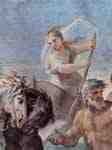
Palazzo Medici-Riccardi : messenger of the gods Iris
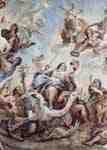
Palazzo Medici-Riccardi : Justizia
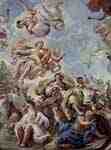
Palazzo Medici-Riccardi : Prudenzia

Palazzo Medici-Riccardi : Rape of Proserpina
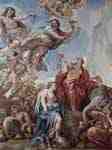
Palazzo Medici-Riccardi : Temperance
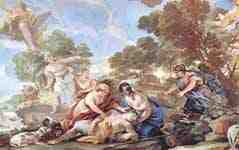
Palazzo Medici-Riccardi : Death of Adonis

Palazzo Medici-Riccardi : Triumph of the Medici

Scenes from mythology : Vertumnus and Pomona
Psyche Honoured by the People,
Psyche Served by Invisible Spirits,
Venus Punishing Psyche With a Task
Psyche's Parents Offering Sacrifice to Apollo
Perseus transforms with Medusa' head Phineus and his soldiers into stone , c.1670
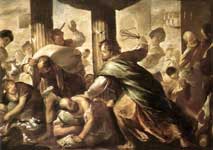
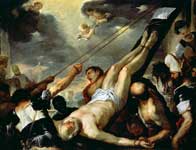
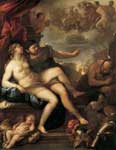
Mars and Venus caught by Vulcan
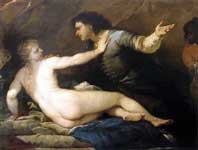
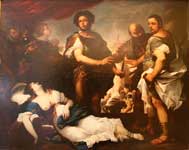
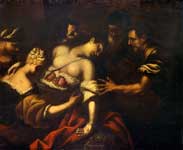
The discovery of the body of Cleopatra
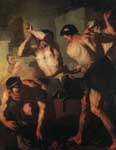
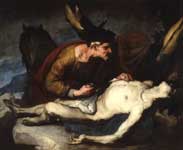
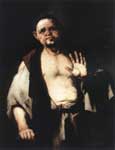
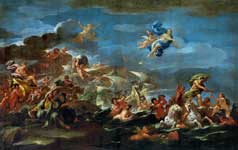
The Triumph of Bacchus Neptune and Amphitrite
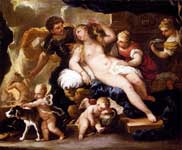
Fine Art Prints | Greeting Cards | Phone Cases | Lifestyle | Face Masks | Men's , Women' Apparel | Home Decor | jigsaw puzzles | Notebooks | Tapestries | ...
Luca Giordano (18 October 1634 – 12 January 1705) was an Italian late Baroque painter and printmaker in etching. Fluent and decorative, he worked successfully in Naples and Rome, Florence and Venice, before spending a decade in Spain.
Born in Naples, Giordano was the son of the painter Antonio Giordano. In around 1650 he was apprenticed to Ribera. on the recommendation of the viceroy of Naples. and his early work was heavily influenced by his teacher. Like Ribera, he painted many half-length figures of philosophers, either imaginary portraits of specific figures, or generic types. He acquired the nickname of Luca Fà-presto (Luca Work-fast). His speed, in design as well as handiwork, and his versatility, which enabled him to imitate other painters deceptively, earned for him two other epithets, "The Thunderbolt" (Fulmine) and "The Proteus" of painting. Following a period studying in Rome, Parma and Venice, Giordano developed an elaborate Baroque style fusing Venetian and Roman Influences. His mature work combines the ornamental pomp of Paul Veronese with the lively complex schemes, the "grand manner", of Pietro da Cortona. He is also noted for his lively and showy use of colour.
Florence
In 1682–83 Giordano he painted various fresco series in Florence, including in the dome of Corsini Chapel of the Chiesa del Carmine. In the large block occupied by the former Medici palace, he painted the ceiling of the Biblioteca Riccardiana (Allegory of Divine Wisdom) and the long gallery of the Palazzo Medici-Riccardi. The vast frescoes of the latter are contained in the 1670s gallery addition, overlooking the gardens. The planning was overseen by Alessandro Segni and commissioned by Francesco Riccardi. They include the prototypic hagiographic celebration of the Medici family in the center, surrounded by a series of interlocking narratives: allegorical figures (the Cardinal Virtues, the Elements of Nature) and mythological episodes (Neptune and Amphitrita, The Rape of Proserpine, The Triumphal procession of Bacchus, The Death of Adonis, Ceres and Triptolemus) [1].
Court painter in Spain (1692–1702)
In 1692 Giordano went to Spain at the invitation of Charles II. He stayed there for ten years, returning to Naples in 1702, following Charles' death. While in Spain, he painted major decorative schemes at the Buen Retiro Palace, El Escorial, the sacristry of Toledo Cathedral, and other sites. He also painted many pictures for the court, private patrons and churches.[5] His pupils, Aniello Rossi and Matteo Pacelli, assisted him in Spain. Giordano was popular at the Spanish court, and the king granted him the title of a "caballero".[3]
Late work in Naples
After his return to Naples early in 1702, Giordano continued to paint prolifically.[5] Executed in a lighter, less rhetorical style, these late works, prefiguring Rococo, proved influential throughout the eighteenth century, and werer admired by Fragonard.[5]
He spent large sums in acts of munificence, and was particularly liberal to poorer artists. One of his maxims was that the good painter is the one whom the public like, and that the public are attracted more by colour than by design.[3]
Giordano had an astonishing facility, which often lead to an impression of superficiality of his works. He left many works in Rome, and far more in Naples. Of the latter, his Christ expelling the Traders from the Temple in the church of the Padri Girolamini, a colossal work, full of expressive "lazzaroni" or beggars from Naples; also the frescoes of the Triumph of Judith at San Martino[2], and those in the Tesoro della Certosa, including the subject of Moses and the Brazen Serpent; and the cupola paintings in the Church of Santa Brigida. This church contains the artist's own tomb. Other notable examples are the Judgment of Paris in the Berlin Museum, and Christ with the Doctors in the Temple, in the Corsini Gallery of Rome. In later years, he painted influential frescoes for the Cappella Corsini, the Palazzo Medici-Riccardi and other works.[3]
Giordano died in Naples in 1705.
Influence
Dream of Solomon
His best pupil in painting was Paolo de Matteis. However, his influence, like his travels and career, were broad and prolific. For example, he is said to have influenced in Venice, Giovan Battista Langetti, Giovanni Coli, and Filippo Gherardi.[6] Other pupils included Juan Antonio Boujas, Nunzio Ferraiuoli (Nunzio degli Afflitti), Ansel Fiammingo (il Franceschitto), Giovanni Battista Lama, Andrea Miglionico, Giuseppe Simonelli, Andrea Vicenti, Andrea Viso,[7] Ferrante Amendola, Pedro de Calabria, Matteo Pacelli, Francisco Tramulles, Nicolo Maria Rossi, and Aniello Rossi.[8]
As a young man, Giordano engraved works with considerable skill some of his own paintings, such as the Slaughter of the Priests of Baal. He also painted much on the crystal borderings of looking-glasses, cabinets and others seen in many Italian palaces, and was, in this form of art, the master of Pietro Garofalo.[3]
Critical reputation
Giordano has been criticized as being a prolific trader of all styles, and master of none. Michael Levey remarks of him "Giordano was the ideal rococo painter, speedy, prolific, dazzling in colour, assured in draughtsmanship, ever-talented and never touching the fringe of genius."[9] He has been viewed as a proto-Tiepolo, reanimating that grand manner of Cortona in a style that would brighten with Tiepolo.
References
Painting in Naples 1606-1705, p.68
Painting in Naples 1606-1705, p.51.
Chisholm, Hugh, ed. (1911). "Luca Giordano". Encyclopædia Britannica (11th ed.). Cambridge University Press.
Painting in Naples 1606-1705, p.169.
Painting in Naples 1606-1705, p.168
R. Wittkower pages 346, 348.
J. R. Hobbes, page 104-105.
Spooner, Shearjashub (1873). A Biographical History of the Fine Arts, Being Memoirs of the Lives and Works of Eminent Painters, Sculptors and Architects. Philadelphia: G. Gebbie. p. page lm..
Levey, Micheal. Rococo to Revolution: MajorTrends in Eighteenth-Century Painting, 1985:24.
Sources
Painting in Naples 1606-1705: From Caravaggio to Giordano. Catalogue of an exhibition held at the Royal Academy, London. London: Royal Academy. 1982.
De Dominici, Bernardo (1729). Francesco Ricciardo, ed. Vita del Cavaliere D. Luca Giordano, pittore napoletano'. Francesco RIcciardo, Naples.
Encyclopaedia Britannica 2004 Ultimate Reference Suite DVD
O. Ferrari - G. Scavizzi, Luca Giordano, Napoli, varie edizioni (1966, 1992, 2000)
M.Horak, Importanti opera di Luca Giordano a Piacenza, in "Strenna Piacentina 2011" - Amici dell'Arte, Piacenza 2011
G. Scavizzi - G. De Vito, ''Luca Giordano giovane 1650-1664, Napoli, 2012
M. Horak, Luca Giordano: la grande pala in Santa Teresa, in "Panorama Musei", anno XVII, n. 1, 2012
---
Fine Art Prints | Greeting Cards | Phone Cases | Lifestyle | Face Masks | Men's , Women' Apparel | Home Decor | jigsaw puzzles | Notebooks | Tapestries | ...
---
Artist
A - B - C - D - E - F - G - H - I - J - K - L - M -
N - O - P - Q - R - S - T - U - V - W - X - Y - Z
Retrieved from "http://en.wikipedia.org/"
All text is available under the terms of the GNU Free Documentation License


